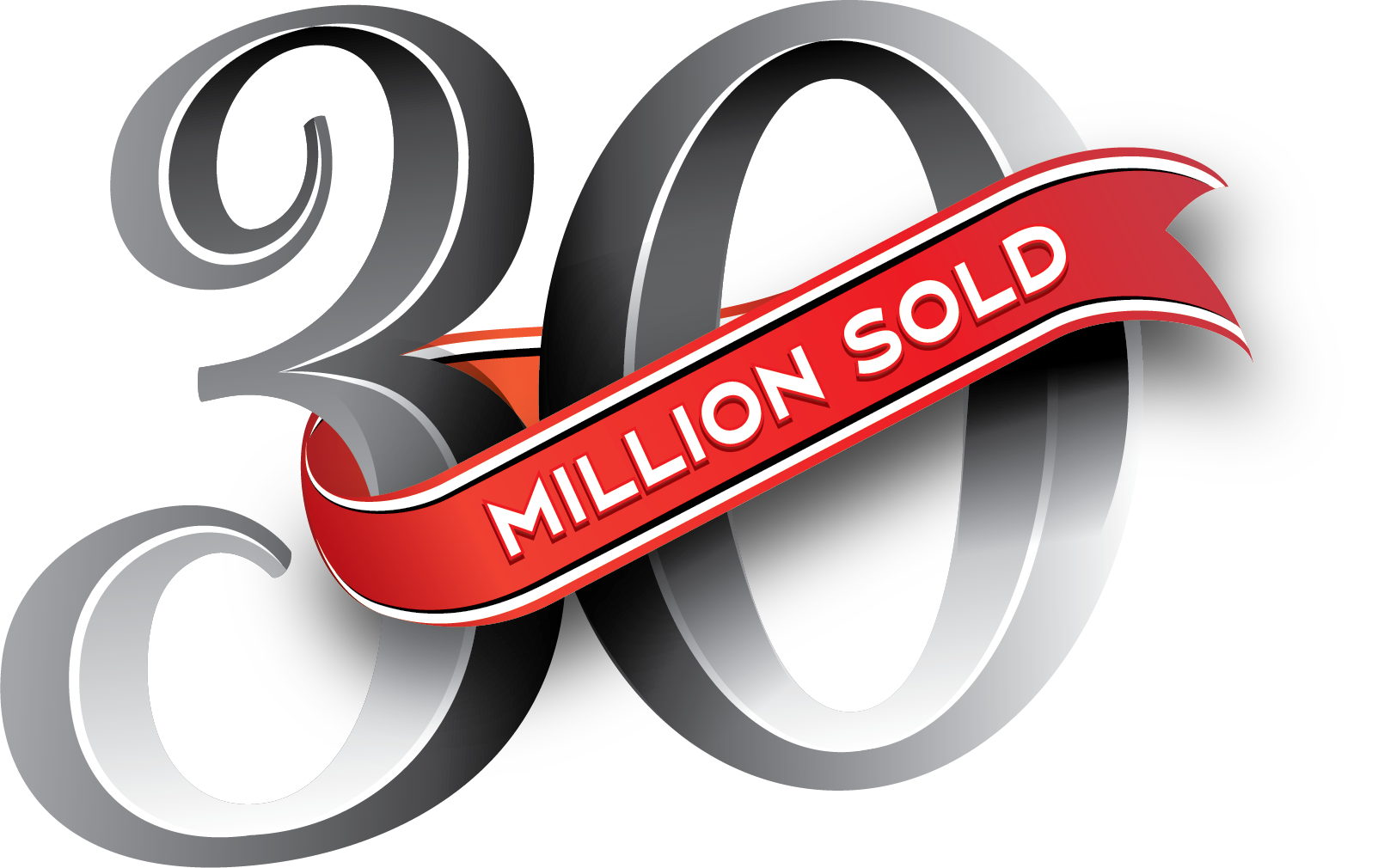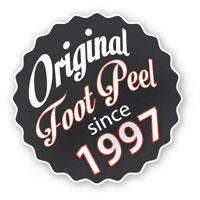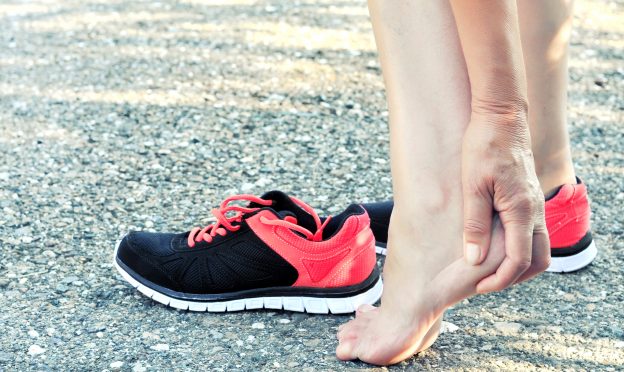Blisters and bunions. Corns and calluses. Hot feet and hammertoes. These foot problems—as well as others—are signs that you’re wearing shoes that are either too big or too small.
If you buy the wrong size sweater or jeans, what’s the worst that could happen? Maybe you’re a bit uncomfortable. Maybe someone asks if you helped yourself to your sibling’s closet. Maybe you have to make an extra trip to return the garment. No harm, no foul.
With shoes, though, wearing the wrong size—especially for a long time—can be detrimental to your foot health. Skin lesions like blisters and corns bring the hurt but heal fairly quickly. The downside to ill-fitting shoes extends well beyond these annoyances to a host of long-term conditions you definitely want to avoid.
It all starts with sizing. Have you measured your feet lately? If not, how do you know you’re wearing the right size shoe? A 2020 study in the UK found as many as one in five people may be wearing the wrong size because they haven’t measured their feet in at least a decade.
Another recent study found that two-thirds of American children are wearing shoes that are too small. Even runners are struggling to find the right fit.
All this research confirms what sales associates in shoe departments across the land already know: The majority of customers are wearing the wrong size shoe and just winging it from one pair to the next.
This haphazard approach only ends in anguish. Read on for more about the adverse effects of wearing shoes that are too big or too small—and learn how to properly measure your feet and find the right fit. Shoe-topia awaits!
Negative Effects of Wearing Shoes That Are Too Big
In the world of ill-fitting shoes, there are two hemispheres: too small and too big. On one side, you practically need a crowbar to get the shoes on and, once you do, they’re uncomfortably snug. On the other, shoes that are too roomy go on easy but allow your feet to slip and slide while you walk.
When your foot is constantly shifting inside a shoe, blisters are sure to surface. But that’s not all. Loose shoes can lead to a whole mess of miserable issues, some of which might surprise you, so don’t be misled by those who insist on buying shoes a size too big. Let’s delve into the dregs of too-big shoedom.
Hammertoes
Hammertoes are a deformity affecting your smaller, or lesser, toes—and poorly fitting footwear is a major culprit. If your shoes are too big, you may inadvertently curl your toes while walking.
Over time, your middle joints begin to buckle and bend, leaving your toes with unnatural arches. Eventually, the tendons may contract and cause your toes to be permanently disfigured. Corrective orthopedic surgery may be your only option to flatten them out again.
Bunions & blisters
Often associated with shoes that are too small, these common foot ailments don’t discriminate. Bunions and blisters are equal opportunity pests, and their origin story is secondary to the pain and discomfort they cause. Bunions are bony bumps that typically form on the outside of your big toe and cause it to point outward. Bunions can take years to form and leave you with a lifetime of foot issues if not surgically corrected. Shoes that are too large can also cause blisters, particularly on your heels, if there’s slippage. The searing agony of a broken blister is enough to make anyone invest in better-fitting kicks!
Higher risk of stumbling or falling
Your shoes should function like they’re part of your body. If they’re moving independently of your feet, the physics may not work out in your favor. We think you’re picking up what we’re laying down: Spills are for real.
When your shoes don’t stay put, you walk differently to compensate. If the tip of your shoe gets caught on the carpet, you may trip and tumble. Your shifting weight could also lead to a rolled or sprained ankle.
Negative Effects of Wearing Shoes That Are Too Small
Now let’s jump to the other hemisphere—the one where shoes are too small for your feet. Shoes that are too tight can squish your toes, make your arches ache or cause soreness in your legs or lower back.
Most closets have at least one pair of shoes that look great but punish our poor peds when worn—even if only for a few hours. Sadly, though, style points don’t translate to foot health. In fact, it’s usually quite the opposite, and heels are Podiatry Enemy No. 1.
What happens if you wear shoes that are too small? Here are some of the ways foot docs say your feet suffer when your shoes are too small.
Toe trauma
Would you cram your hands into kid’s mittens so that your fingers are all bunched up inside? That’s essentially what you’re doing to your toes when your shoes are too small.
By not giving them enough room to spread out, they rub against each other and the tip of the shoe. Subjugate them at your own peril, though. They’ll eventually revolt, and when they do, you’ll be faced with ingrown toenails, corns and calluses.
Ingrown nails swell and can become infected. Corns are formidable lumps that have to be softened and filed off. They can be uncomfortable or downright painful. Try an exfoliating peel to help along the healing process and don’t forget to pick up a Moisturizing Foot Mask for maximum hydration.
Metatarsalgia
That canvas vise you call a shoe is compressing all of the muscles, bones and tendons in your feet. And that sustained squeezing could put you at risk for metatarsalgia—a condition that won’t go unnoticed. Shoes that are too tight around the toes put unnecessary pressure on the tubular metatarsal bones in the middle of your foot. The balls of your feet eventually become inflamed, and the resulting pain can make walking difficult and running nearly impossible.
Morton’s neuroma
Like metatarsalgia, a Morton’s neuroma affects the front end of your foot and is five times more common in women than men. Have mercy, heels! In addition to tenderness and burning in the balls of your feet, this condition can make your toes tingle or go numb.
This abnormal thickening of nerve tissue at the base of the toes is essentially a pinched nerve in your foot. In a word, ouch. Just another painful reminder to buy shoes that fit.
How to Measure Your Foot Size & Tell If Shoes Fit
Like most things you measure, your feet have a distinct length and width. Be sure to measure both dimensions for both feet while wearing socks. All you need is a tape measure, a pencil, and two sheets of paper—it’s that easy!
Here are some other helpful tips for measuring your feet and choosing the right size shoe:
- Measure your feet later in the day since feet swell from walking.
- Put your heel against a wall when measuring.
- Verify your foot size once a year.
- Have a salesperson measure your feet for a second opinion.
- Select shoe size based on your larger foot.
Consider yourself size-wise. Now ditch those ill-fitting shoes and find a pair that fits!


